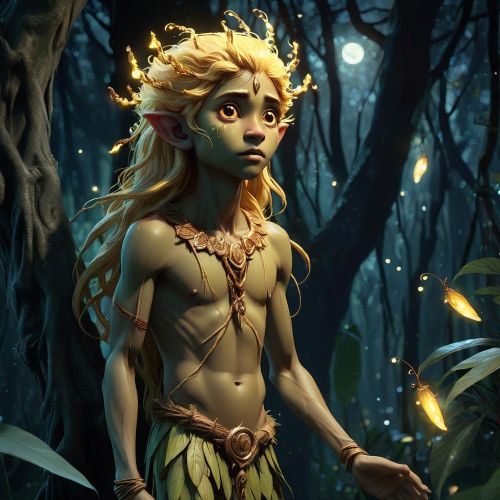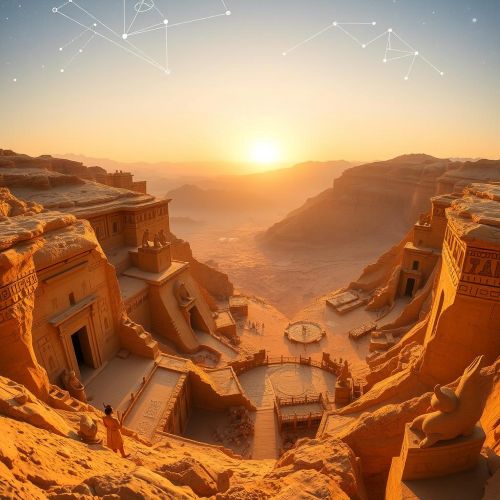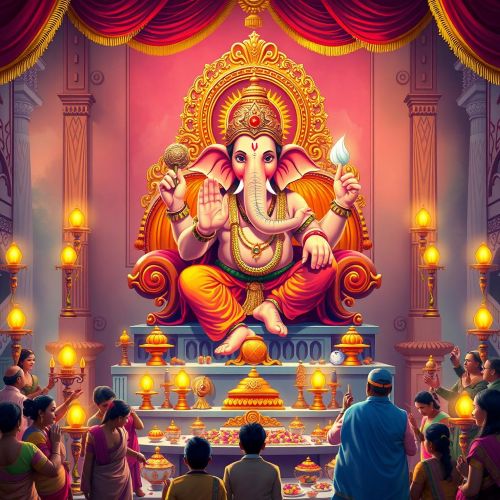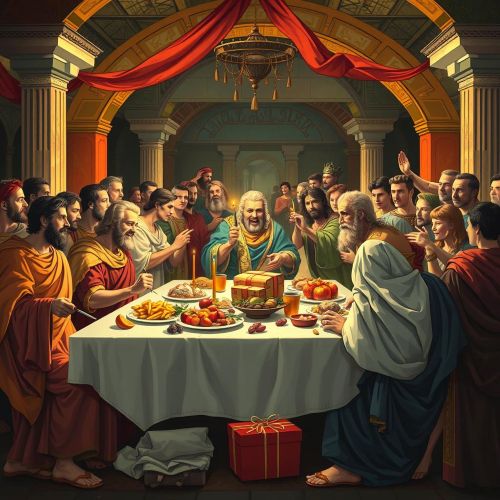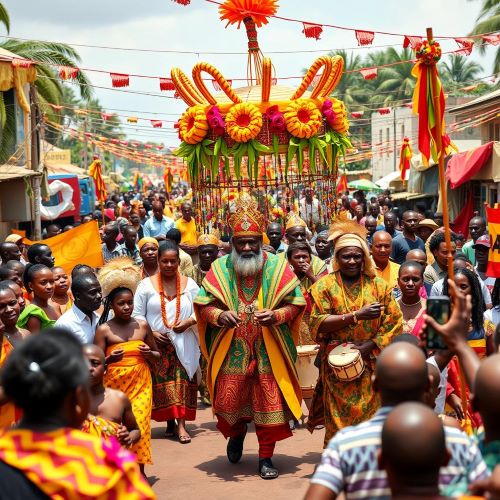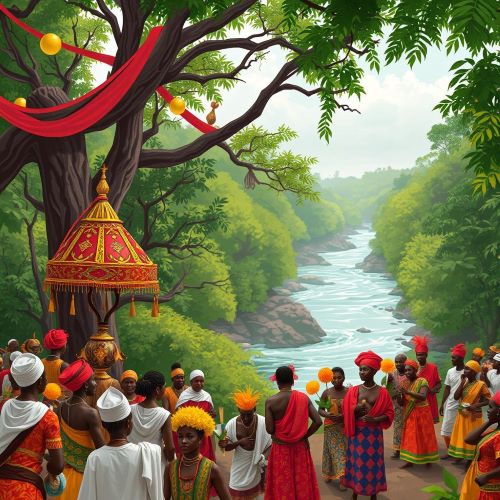Yalda : Celebration of Light
At a glance
| Description | |
|---|---|
| Location | Persia |
| Country | Iran, Afghanistan, Azerbaijan, Uzbekistan, Tajikistan, Turkmenistan, and Kurdistan |
| Dedicated To | Mithra |
| Duration | 1 day |
| Time of Year | December |
Introduction
Yalda, also known as Shab-e Yalda or Shab-e Chelleh, is an ancient Persian festival observed on the longest and darkest night of the year, usually falling on December 20 or 21, the winter solstice. For Iranians, this night isn’t just a seasonal turning point — it is a deeply symbolic moment that celebrates the triumph of light over darkness, the rebirth of the sun, and the power of human connection during the coldest and most uncertain time of the year. Rich in tradition, storytelling, and joy, Yalda remains one of the most meaningful and culturally vibrant festivals in Persian heritage.
Connection with Mythology
The mythological roots of Yalda trace back to ancient Persian cosmology and Zoroastrianism. In this worldview, the universe is engaged in a perpetual battle between Ahura Mazda, the god of light and wisdom, and Ahriman, the force of darkness and evil. The winter solstice was perceived as a critical night when darkness reached its peak and light needed support to triumph. People stayed awake to welcome the sunrise, symbolically aiding the victory of light over darkness.
Yalda also has connections with Mithra, the ancient Persian deity associated with light, truth, and the sun. The festival is considered to mark Mithra’s symbolic birth—the rebirth of the sun—which brought with it the hope of longer, brighter days. The term “Yalda” itself, introduced through Syriac-speaking Christian communities in Persia, means “birth,” reinforcing the motif of renewal and the cyclical return of light.
Main Activities
Yalda Night is all about creating warmth in the heart of winter. Families and friends gather, often at the home of an elder, to celebrate with traditional rituals that have passed down through generations.
A key part of the evening is enjoying seasonal fruits. Pomegranates, with their vibrant ruby seeds, and watermelons, often saved from summer harvests, are more than festive treats—they symbolize the red hues of dawn and the life-giving energy of the sun. A spread of dried fruits, nuts, and sweets accompanies these fruits, offering nourishment and a touch of fortune for the year ahead.
The night is also a literary celebration. One beloved tradition is Fāl-e Hafez, where individuals turn to a randomly selected verse from the poet Hafez’s works for insight into their future. Families also read aloud from the Shahnameh, Ferdowsi’s epic, or share folklore and parables rich with moral and spiritual lessons.
To ward off the night’s darkness, candles and fire are used to illuminate spaces, echoing the ancient practice of invoking protective forces against evil. In some regions, lighting small bonfires was once common, reinforcing communal ties and symbolizing the burning away of negativity.
Music, laughter, and storytelling—especially from older family members—carry the celebration deep into the night. These stories often include both personal memories and mythological tales, making Yalda not just a holiday, but a powerful cultural transmission across generations.
Importance in Cultural History
Yalda is one of the most enduring traditions of Iranian civilization, its observance predating even the formation of the Persian Empire. The Achaemenid kings, including Darius the Great, recognized solstice celebrations in their royal calendars. What makes Yalda so culturally resilient is its blend of spiritual symbolism, natural cycles, and communal joy.
Over time, despite shifts brought on by new religions and empires, the festival adapted without losing its essence. Its continued observance is a reflection of how deeply ingrained seasonal awareness and spiritual reflection are in Persian culture. Yalda embodies the Iranian people’s reverence for nature, their connection to heritage, and their value for familial and communal bonds.
In 2022, Yalda was officially inscribed on UNESCO’s Intangible Cultural Heritage of Humanity list. This recognition honors not only the longevity of the tradition but also its significance in promoting cultural identity, resilience, and continuity amid modern challenges.
Need a place to stay? Book your hotel room now!
International Appeal
Though rooted in Iran, the essence of Yalda transcends national borders. Neighboring cultures with Persian influence—such as those in Afghanistan, Tajikistan, Azerbaijan, and parts of Central Asia—celebrate similar winter solstice traditions. These festivities may differ in name or style, but they share the common thread of honoring light’s return and fostering communal ties.
In the Iranian diaspora, especially in the United States, Canada, Germany, and Australia, Yalda remains a cherished cultural anchor. Persian communities organize public events, poetry nights, and traditional dinners to keep the spirit of Yalda alive abroad. These celebrations not only reconnect younger generations with their roots but also introduce non-Iranian audiences to the depth and beauty of Persian traditions.
The symbolism of Yalda—light conquering darkness, the warmth of human connection, and renewal—resonates universally. In a time of global change and uncertainty, the themes of hope and unity that Yalda celebrates are more meaningful than ever. Whether observed in a family living room or at a cultural center halfway across the world, the spirit of Yalda continues to bring people together under a shared sky.
Source
Contributors to Wikimedia projects. (2007). Yalda Night – Wikipedia. https://en.wikipedia.org/wiki/Yalda_Night
SHABE YALDA – A PERSIAN CELEBRATION. (2025). https://persianmama.com/shabe-yalda-a-persian-celebration/
Doctor Yak. (2019). Yalda — The Ancient Iranian Festival celebrating Light’s victory over … https://medium.com/doctoryak/yalda-the-ancient-iranian-festival-celebrating-lights-victory-over-dark-50bce6c4d14d
Parisa Bakhtiari. (2025). Yalda Night 2025: Warmth On The Longest Night – surfiran. https://surfiran.com/mag/yalda-night/
Frequently Asked Questions
Lorem ipsum dolor sit amet, consectetur adipiscing?
Lorem ipsum dolor sit amet, consectetur adipiscing elit. Praesent convallis vestibulum justo, ac tincidunt nunc vehicula quis. Nullam id dolor quis orci malesuada feugiat. Curabitur aliquet libero at urna ullamcorper, ac ultricies nulla dapibus.
Lorem ipsum dolor sit amet, consectetur adipiscing?
Lorem ipsum dolor sit amet, consectetur adipiscing elit. Praesent convallis vestibulum justo, ac tincidunt nunc vehicula quis. Nullam id dolor quis orci malesuada feugiat. Curabitur aliquet libero at urna ullamcorper, ac ultricies nulla dapibus.
Lorem ipsum dolor sit amet, consectetur adipiscing?
Lorem ipsum dolor sit amet, consectetur adipiscing elit. Praesent convallis vestibulum justo, ac tincidunt nunc vehicula quis. Nullam id dolor quis orci malesuada feugiat. Curabitur aliquet libero at urna ullamcorper, ac ultricies nulla dapibus.
Lorem ipsum dolor sit amet, consectetur adipiscing?
Lorem ipsum dolor sit amet, consectetur adipiscing elit. Praesent convallis vestibulum justo, ac tincidunt nunc vehicula quis. Nullam id dolor quis orci malesuada feugiat. Curabitur aliquet libero at urna ullamcorper, ac ultricies nulla dapibus.
Lorem ipsum dolor sit amet, consectetur adipiscing?
Lorem ipsum dolor sit amet, consectetur adipiscing elit. Praesent convallis vestibulum justo, ac tincidunt nunc vehicula quis. Nullam id dolor quis orci malesuada feugiat. Curabitur aliquet libero at urna ullamcorper, ac ultricies nulla dapibus.


